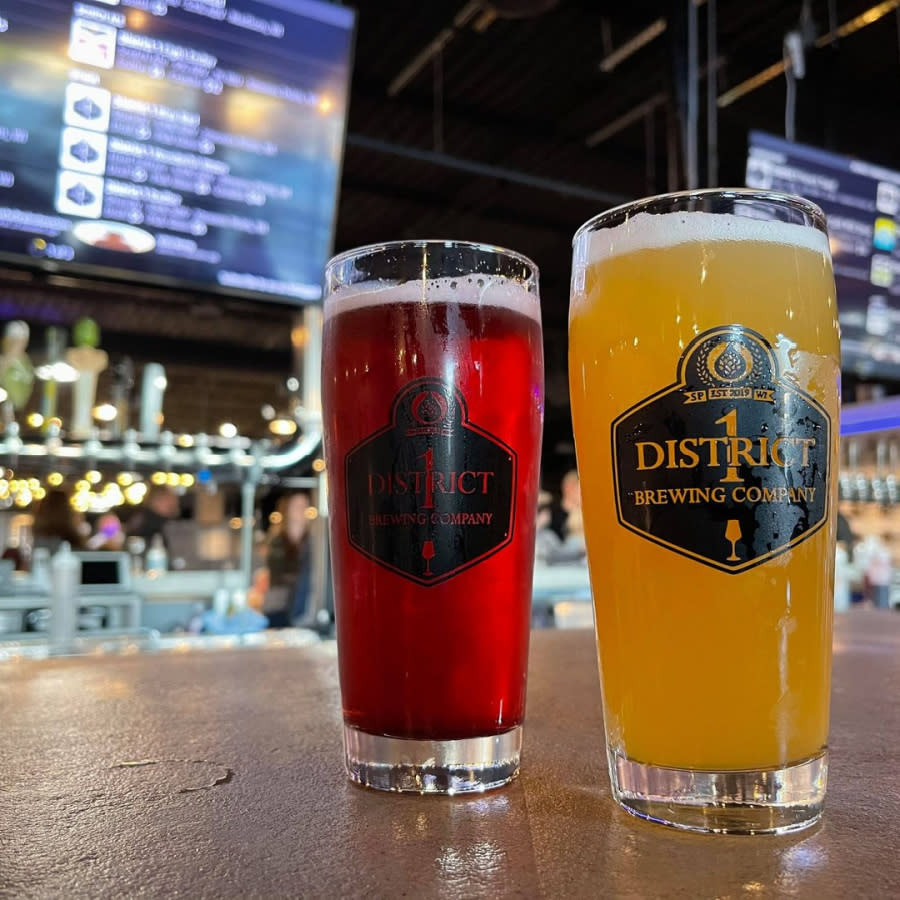Mastering the Craft of Purification: a Deep Study Distillery Traditions
Discovering the intricate art of purification reveals a globe soaked in time-honored customs that have shaped the spirits we take pleasure in today. From the ancient origins of purification strategies to the modern evolution of distillery tools, each action in the process brings with it a rich tapestry of background and experience. As we look into the delicate balance of conventional versus contemporary distilling techniques and discover the value of essential ingredients, a much deeper understanding emerges of the profound influence distillery traditions carry the spirits we savor.
Beginnings of Purification Strategies
The advancement of purification strategies has a rich history that traces back to ancient human beings. The origins of distillation can be connected to very early human beings such as the Mesopotamians, Egyptians, and Greeks. These ancient societies utilized primary distillation methods for perfumery, medication, and generating alcohols. The concept of separating elements based on their different boiling factors laid the structure for the innovative purification procedures we have today.
The earliest proof of purification go back to around 3000 BC in Mesopotamia, where clay pots were used to distill perfumes and aromatic oils. The Egyptians further advanced these techniques, making use of purification for medical objectives and embalming methods. The Greeks, significantly figures like Aristotle and Hippocrates, contributed to the theoretical understanding of purification.
Gradually, purification infect areas like India, China, and the Middle East, each culture including its one-of-a-kind touch to the craft. The development of distillation techniques proceeded via the Center Ages and the Renaissance, ultimately causing the diverse array of purification procedures employed in modern distilleries worldwide.
Advancement of Distillery Devices
:max_bytes(150000):strip_icc()/game-thrones-beer-seven-kingdoms-fwx-2000-bf25957546c34d8081795a265fb4aab3.jpg)
With advancements in technology and a much deeper understanding of the distillation procedure, modern-day distilleries now use a variety of advanced devices to generate spirits of the best. Today, purification equipment includes column stills, reflux stills, and crossbreed stills, each created to accommodate specific distillation needs. These contemporary stills use much better temperature level policy, boosted purification precision, and greater effectiveness in dividing alcohol from pollutants.
In addition to stills, distilleries currently use advanced condensers, fermenters, and filtering systems to additional fine-tune the extract. The advancement of distillery devices proceeds to play a critical role fit the varied variety of spirits available in the market today.
Traditional Vs. Modern Distilling Practices
Alternatively, modern distilling practices utilize innovative technology and development to enhance manufacturing procedures and enhance uniformity. Automated systems, electronic controls, and advanced tools enable contemporary distilleries to produce spirits extra efficiently and with higher accuracy.
While typical distilling techniques are valued for their heritage and the distinct flavors they create, modern methods offer advantages in regards to scalability, high quality control, and sustainability. By including clinical developments and modern engineering, distillers can maximize production, lower waste, and satisfy the needs these days's market better. Ultimately, the option between typical and modern distilling practices frequently depends on the distillery's goals, values, and target audience.
Secret Components in Distillation Refine
Within the craft of distillation, the option of crucial ingredients plays an important function in figuring out the taste profile and quality of the spirits generated. The primary components used in the purification procedure are typically water, yeast, and a fermentable source such as grains, fruits, or sugarcane.
Water is a fundamental element as it not only thins down the alcohol content to a tasty level but also affects the overall mouthfeel and appearance of the spirit. The high quality and mineral material of the water utilized can considerably impact the final item.
Yeast is one more important active ingredient that converts the sugars present in the fermentable source right into alcohol via the procedure of fermentation. Different stress of yeast can generate varying flavors and aromas, adding to the special qualities of the spirit.

Influence of Distillery Traditions on Spirits
The impact of longstanding distillery traditions on spirits prolongs beyond the choice of crucial active ingredients, forming the very essence and character of the last distilled items (Breweries in Galveston Texas). These traditions, passed down with generations, play a critical function in defining the distinct taste accounts and top qualities that differentiate one spirit from another
Distillery customs include a vast array of practices, from the particular methods made use of in distillation to the selection old processes utilized. For example, making use of standard copper pot stills in Check Out Your URL bourbon manufacturing is thought to present particular tastes and features that are very valued by connoisseurs. The aging of spirits in oak barrels, a method deeply rooted in distilling practices, adds to the development of intricate scents and flavors over time.

Final Thought
From the origins of purification techniques to the modern-day practices, the effect of distillery traditions on spirits is indisputable. Distillery traditions play a vital duty in forming the spirits industry and protecting the heritage of purification methods.
Throughout the background of distillation, the tools utilized in distilleries has undertaken considerable development to enhance efficiency and high quality of the distillation process.With advancements in innovation and a much deeper understanding check my site of the distillation process, contemporary distilleries currently utilize a range of sophisticated equipment to generate spirits of the greatest top quality. Today, purification devices consists of column stills, reflux stills, and hybrid stills, each designed to cater to particular purification requirements. From the origins of purification strategies to the contemporary methods, the impact of distillery practices on spirits is indisputable. Distillery customs play an essential duty in shaping the spirits market and preserving the heritage of distillation practices.
Comments on “Check Out Premium Galveston Whiskey: Top Picks and Distilleries”